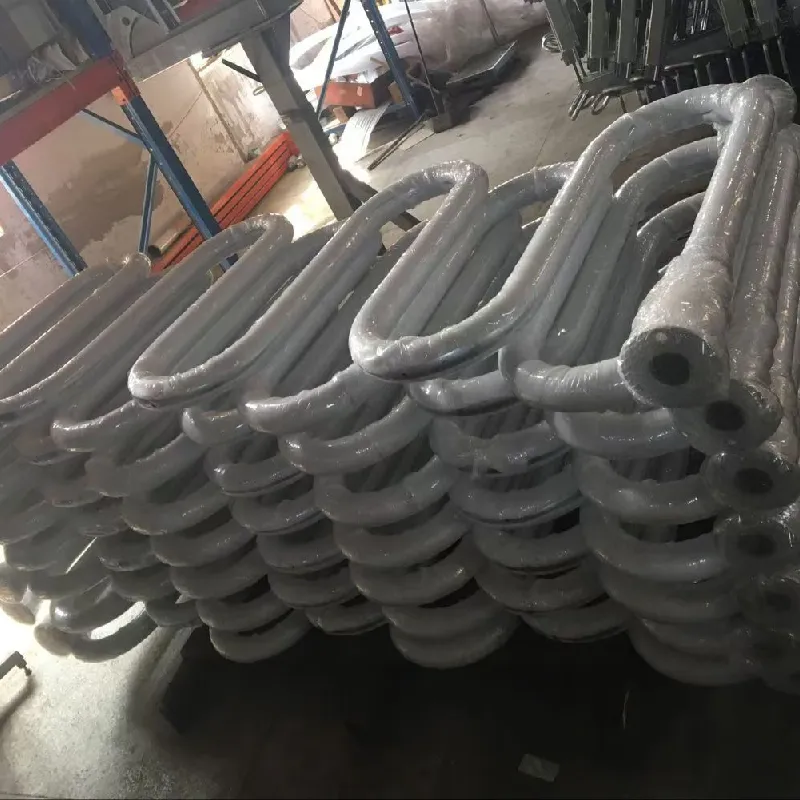Understanding Air Compressor Pressure Switch and Relief Valve Functions
Understanding Air Compressor Pressure Switch and Relief Valve
Air compressors are essential tools in various industries, providing the power needed for pneumatic tools, packaging processes, and even in residential applications for inflating tires or powering airbrushes. To ensure safety and efficiency in their operation, understanding the components of an air compressor, particularly the pressure switch and relief valve, is crucial.
The Role of the Pressure Switch
The pressure switch is a critical component of an air compressor that controls its operation by monitoring the pressure within the tank. It is designed to turn the compressor on when the pressure falls below a predetermined level and shut it off once the pressure reaches the upper limit. This automatic regulation helps maintain a consistent pressure level, allowing tools to function efficiently and preventing damage caused by excessive pressure.
When the system is under load, air is drawn from the tank, causing the pressure to drop. The pressure switch senses this decrease and activates the compressor. Conversely, when the optimal pressure is achieved, the switch signals the compressor to stop running, conserving energy and prolonging the compressor's lifespan. Proper adjustment of the pressure switch settings is vital to ensure the compressor operates within safe parameters.
Importance of the Relief Valve
While the pressure switch plays a significant role in regulating pressure, the relief valve is an equally important safety feature. The relief valve prevents pressure from exceeding safe levels within the tank, thus protecting both the compressor and the operator from potential hazards. If the pressure were to rise dangerously high—due to malfunctions or system overload—the relief valve automatically opens, allowing excess air to escape. This action not only protects the compressor from damage but also reduces the risk of catastrophic failures, such as tank bursts.
Choosing the correct relief valve for your air compressor is essential. It must be appropriately rated for the compressor's maximum pressure to ensure effective operation. Regular maintenance and testing of the relief valve are crucial to ensure it functions correctly when needed. If a relief valve is blocked, stuck, or faulty, it can put the entire operation at risk.
air compressor pressure switch relief valve

Maintenance Tips
To ensure both the pressure switch and relief valve function correctly, regular maintenance is key. Here are some tips
1. Regular Inspection Frequently check the pressure switch and relief valve for any signs of wear, damage, or leaks. 2. Testing Periodically test the relief valve to ensure it opens at the correct pressure. This can usually be done by manually lifting the valve slightly to see if it releases air.
3. Calibration Ensure that the pressure switch is calibrated correctly according to manufacturer recommendations. Any deviations can lead to inefficiencies.
4. Documentation Keep a log of maintenance activities, including when checks are performed and any issues encountered, to track performance over time.
Conclusion
In summary, the air compressor pressure switch and relief valve play vital roles in the efficient and safe operation of air compressors. Understanding their functions, maintaining them properly, and ensuring they are correctly calibrated can dramatically enhance the performance and lifespan of your compressor, while also ensuring a safe working environment. Regular attention to these components can prevent costly repairs and accidents, making investment in their upkeep a priority for any compressor user.
-
The Smarter Choice for Pedestrian AreasNewsJun.30,2025
-
The Gold Standard in Round Drain CoversNewsJun.30,2025
-
The Gold Standard in Manhole Cover SystemsNewsJun.30,2025
-
Superior Drainage Solutions with Premium Gully GratesNewsJun.30,2025
-
Superior Drainage Solutions for Global InfrastructureNewsJun.30,2025
-
Square Manhole Solutions for Modern InfrastructureNewsJun.30,2025
-
Premium Manhole Covers for Modern InfrastructureNewsJun.30,2025
